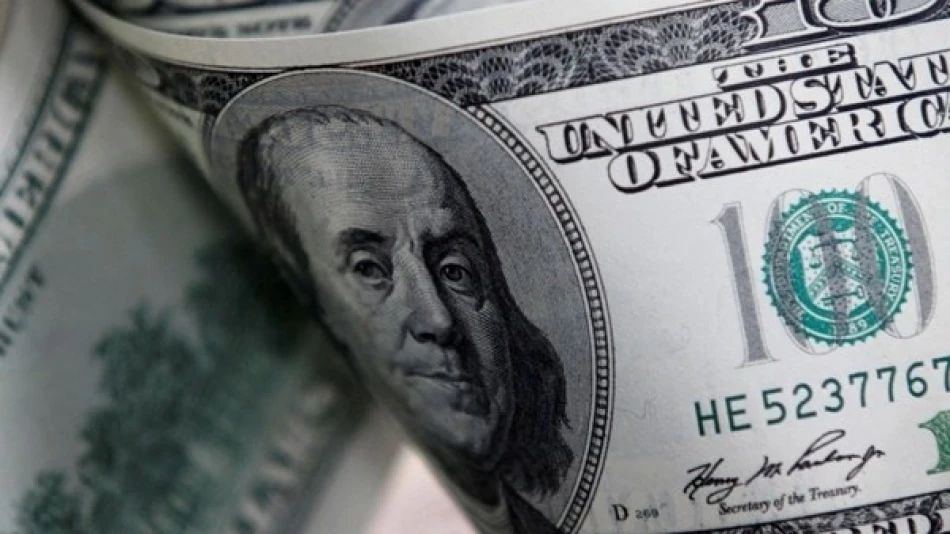
Dollar Plunges to Multi-Week Low Amid Market Volatility
Dollar Plunges as Fed Rate Cut Bets Fuel Bitcoin's Historic Rally Above $124,000
The US dollar has tumbled to multi-week lows against major currencies as traders increasingly bet on Federal Reserve rate cuts next month, while Bitcoin soared to an unprecedented $124,480 amid surging institutional investment in digital assets. This dual momentum reflects a broader shift in global monetary expectations and risk appetite that could reshape currency and crypto markets through 2024.
Dollar Weakness Spreads Across Major Pairs
The greenback's retreat was broad-based on Thursday, with the dollar-yen pair falling 0.7% to 146.35 yen—its weakest level since July 24. This decline suggests that Japan's recent intervention threats may be gaining credibility as the yen strengthens from historically weak levels.
The British pound climbed to its highest point since July 24 at $1.3590, while the euro hovered around $1.1703, just shy of Wednesday's peak of $1.1730—a level not seen since July 28. The Australian dollar, often viewed as a risk-sensitive commodity currency, jumped 0.4% to reach $0.65685 before paring gains to $0.6552.
Fed Policy Pivot Drives Market Sentiment
The dollar's weakness stems from growing market conviction that the Federal Reserve will resume its easing cycle next month. This marks a significant shift from earlier expectations of prolonged higher rates, as economic data suggests the central bank may have more room to cut without reigniting inflation.
Historically, anticipation of Fed rate cuts has weakened the dollar by reducing the yield advantage of US assets. The current move mirrors similar patterns seen in 2019 and early 2020, when dovish Fed signals triggered broad dollar declines and risk asset rallies.
Bitcoin Breaks New Ground Amid Institutional Surge
Bitcoin's surge to $124,480 represents more than just another crypto rally—it reflects a fundamental shift in institutional adoption. The timing alongside dollar weakness is no coincidence, as lower interest rates typically drive investors toward alternative assets with higher return potential.
Unlike previous Bitcoin rallies driven primarily by retail speculation, this move appears supported by sustained institutional investment flows. Major corporations and investment funds have increasingly allocated to Bitcoin as both an inflation hedge and portfolio diversifier, providing a more stable foundation for price appreciation.
Market Implications and Trading Outlook
For currency traders, the current dollar weakness could accelerate if Fed officials signal more aggressive easing ahead. The yen's recovery toward 146 levels may prompt Japanese authorities to scale back intervention rhetoric, while European currencies could extend gains if the European Central Bank maintains a less dovish stance than the Fed.
The crypto market's performance alongside traditional currency moves suggests growing correlation between monetary policy and digital asset prices. This relationship, once limited, now appears increasingly institutionalized as crypto becomes more integrated into mainstream financial portfolios.
Risks and Resistance Levels
However, several factors could reverse these trends. Any hawkish Fed communications or stronger-than-expected US economic data could quickly restore dollar strength. For Bitcoin, regulatory concerns or institutional profit-taking at these elevated levels remain potential headwinds.
The currency markets are also watching for potential intervention from the Bank of Japan if dollar-yen falls much further, while Bitcoin's sustainability above $120,000 will depend on continued institutional demand rather than speculative momentum alone.
Most Viewed News

 Layla Al Mansoori
Layla Al Mansoori






